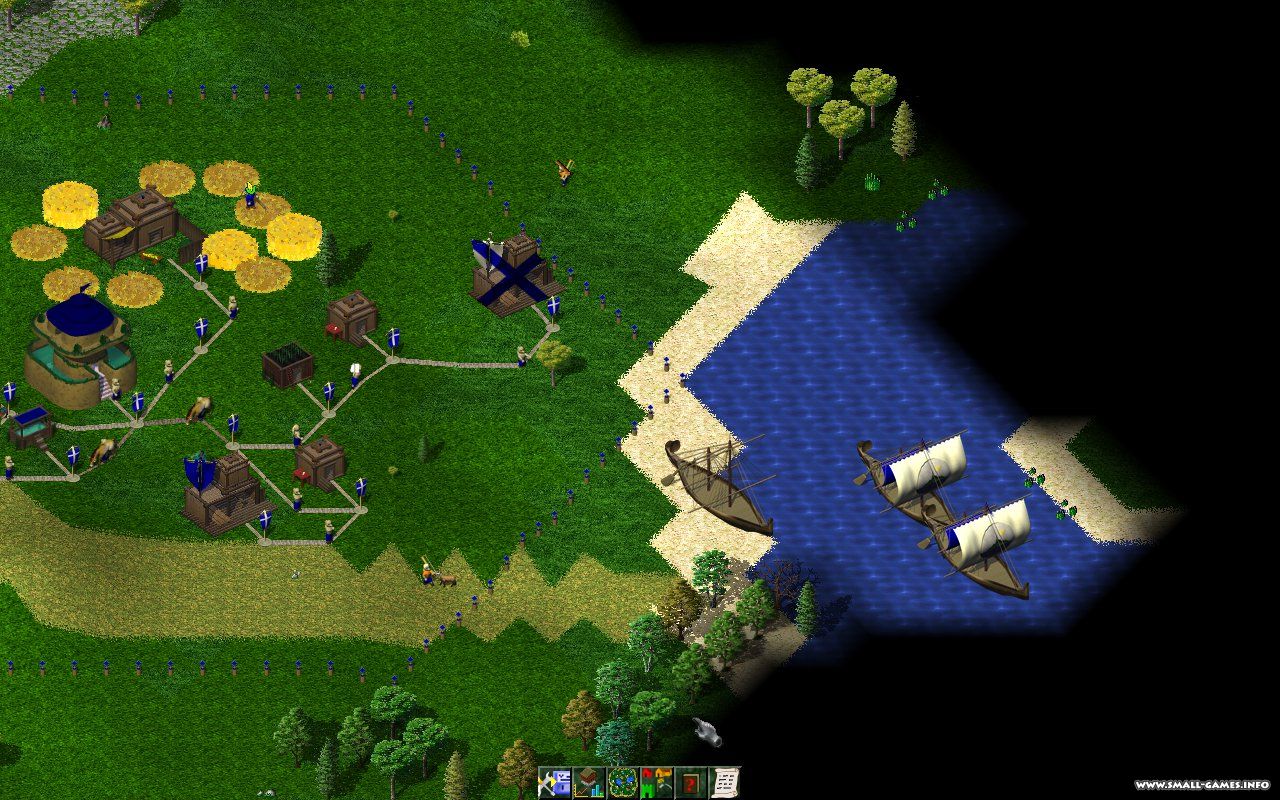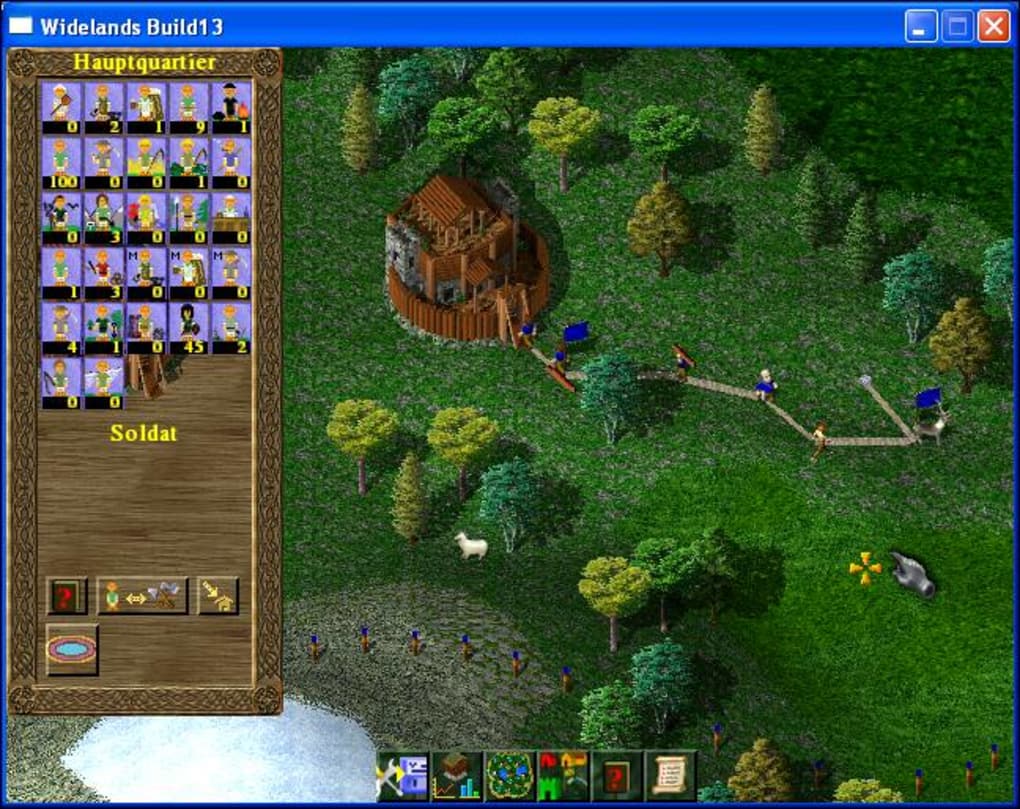

When the resource amount of a triangle equals the capacity (in other words, the triangle is full of resource), the resource amount is considered uniformly distributed across all depth levels.

Resources are located in the triangles of the game's map. The goal of the model is to achieve reasonable realism while being efficient enough to be used in a real time simulation game. See Widelands release history for more details.This document presents a model for resource dynamics.The game uses Lua as a scripting language in multiple places, for example scenario setup, win conditions and campaign mechanics.īuilds of the current development branch are provided as a Flatpak, through AUR for Arch and through a PPA for Ubuntu and derivatives. The development team of Widelands consists of many members from different countries. Amazons: Still an experimental tribe, whose economy greatly differs from the others.Frisians: The second-youngest tribe, aimed at advanced players.Even their buildings requires special materials and knowledge to construct. Atlanteans: The most advanced tribe in the entire game.However, they are experiencing internal conflicts as the emperor's sons fight amongst themselves to be the successor. They also believe that their rulers are Gods. Their empire is built on the foundation of great inventions. Empire: An empire located in the Gulf of Perl.They are simplistic and practical in the sense that they do not make beautiful, but useful wares. They are not dangerous as long as you don't interfere with their affair. For this reason they have the fastest lumberjacks in the game. Barbarians: A tribe that is located in the north.

They are Barbarians, the Empire, the Atlanteans, the Frisians, and the Amazons. Widelands is extensible, so that players may create their own tribes. It is also possible to conquer enemy territory by sending soldiers into enemy military buildings to fight.Ī small Atlantean settlement, early in the game Tribes Ĭurrently, there are five tribes that players can play as. The bigger the military building is, the more territory it will control. Once they're used up, they're gone forever.Įxpansion of territory is done by the construction of military buildings and filling them with soldiers. However, some resources are of limited quantity. Some resources in Widelands are renewable, but require specific workers (such as rangers or foresters) to ensure that these resources don't disappear. A well optimized road system keeps goods moving, which means people can train and equip troops faster. One of the most important aspects of Widelands is the road system. The economy network of each tribe may be downloaded from the Widelands Encyclopaedia. The economic network is big and complex, and varies slightly in the different playable tribes in the game. The object of Widelands is to build the economic infrastructure, and manage the construction of roads in order to expand the settlement and go to war. The player is effectively a regent of a small clan of settlers, which start out only with a headquarters with resources. Widelands was heavily inspired by Settlers II, but has surpassed it in terms of variety and complexity, whilst remaining rather intuitive.


 0 kommentar(er)
0 kommentar(er)
